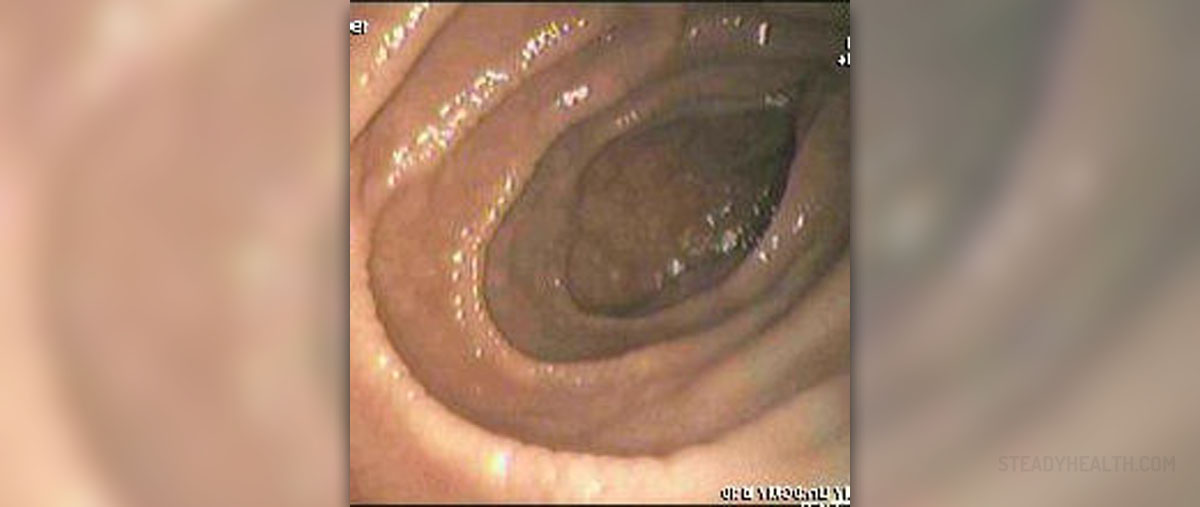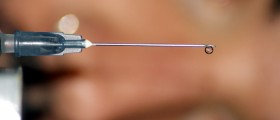
Introduction
Celiac disease affects around 1% of all Americans. Still the majority of them are not even aware of the condition. The number of new cases is rising due to the general awareness of this medical condition.
The symptoms of the disease occur after a meal that is rich in gluten. Wheat, barley, rye, or even oats contain this protein and it is the culprit of the celiac disease. The consumption of food rich in gluten results in poor absorption of all nutrients including carbohydrates, proteins and fats. Even vitamins and minerals are not absorbed properly.
The basic symptoms of the celiac disease include diarrhea or constipation, pain in the abdomen, bloating and gases. The prolonged insufficient intake of nutrients can lead to additional symptoms such as high body temperature, cancer sores, fatigue, loss of weigh and so on. Pain in osteomuscular system may be present as well. All in all, if the supply of nutrients does not improve a whole variety of additional symptoms may occur.
It is essential to set the diagnosis on time especially in children as celiac disease can lead to improper growth and development.
Misdiagnosis of Celiac Disease
Since celiac disease can present with a variety of symptoms and signs, it can be easily misdiagnosed. Common medical conditions that can be taken into consideration include chronic fatigue syndrome, lupus and so on. This basically depends on the very symptoms. Unfortunately, if a person is not diagnosed with celiac disease and he/ she continues eating the food rich in gluten there is great chance that certain additional autoimmune disease will occur. This is why it is essential to see whether a person is gluten intolerant or not.
The great chance of prevention is to test a person who has someone in the family that is suffering from celiac disease. To have a 1st degree relative that has celiac disease is a great risk of getting the disease.
Additionally, people who are already suffering from certain autoimmune disease may also suffer from celiac disease.
The best way to conduct test is before the gluten is eliminated from the diet since this way gluten is present and keeps on with the damage that can be evident during the period of examination. Non-invasive test requires blood samples. If they are found positive the following step is biopsy of small intestines. This way the damage on the small intestines can be estimated. Genetic testing is another solution. Some people have negative results in the beginning and after repeated testing present gluten intolerance. Some doctors recommend diet that does not contain gluten. If the diet reduces the symptoms and sign of the disease the patient continues with the diet.
And finally not only will gluten-free diet be good in elimination of the symptoms of the disease but it will also reduce the intake of refined and junk food. The person will eat healthier which will reflect on the health in general.
















Your thoughts on this
Loading...